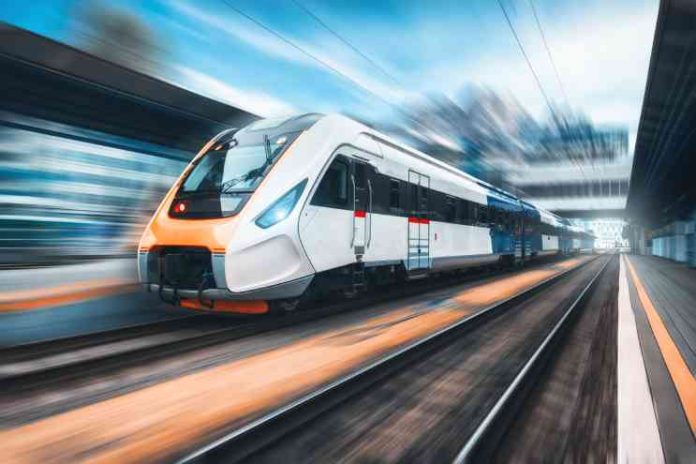High speed and high frequency rail is coming to Ontario and Québec as Via Rail, a passenger rail service provider in Canada, plans to open new corridors between Québec City, Montréal, Ottawa, and Toronto. Following a mid-2021 announcement from the Government of Canada that the project is set to go ahead, Via Rail believes that these new rail options will allow them to satisfy demand from their ridership.
Via Rail passenger trains share the same tracks as freight trains, and due to increased congestion on the tracks and the lack of the right-of-way over freight trains, passenger train times are suffering. Additionally, Via’s ridership is at a three-decade high, so the passenger service provider needs options to meet current and future demand.
The plan could mean good things ahead for the trucking industry that operates vehicles between the above cities. Major highways between Toronto, Ottawa, Québec City, and Montréal are extremely congested and dangerous – so much so that the 401 highway series has been the subject of reality TV shows documenting the challenges truck drivers and wrecker operators face when working along those roads.
High speed and high frequency rail could alleviate highway congestion if commuters opt for the train over their personal cars. Canada’s culture is one that celebrates the freedom afforded to people who own and drive cars, but if fast rail goes ahead and proves to be a cost-effective alternative, this form of mass transport could ease the burden of an already burdened highway system.
Via Rail’s proposed high frequency rail is also planned to go ahead as a completely electric rail line, no doubt a move that will please those who are environmentally conscious. The biggest win for the trucking industry, though, is a glimmer of hope that one-driver passenger car congestion may be somewhat eased once the project is complete.



















